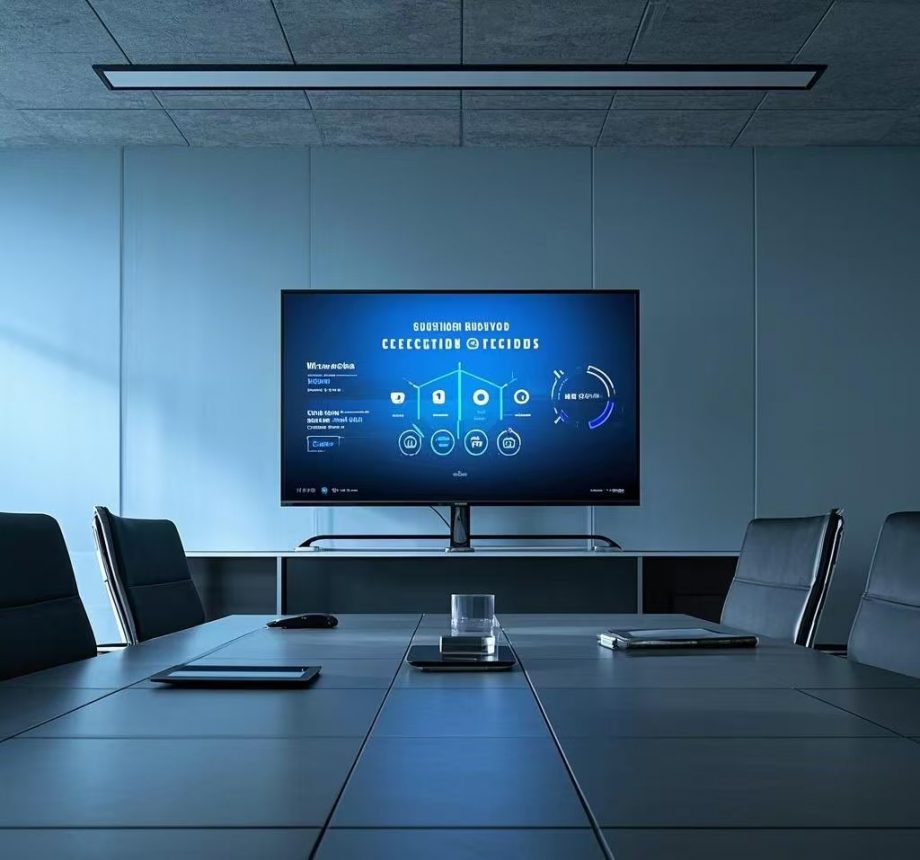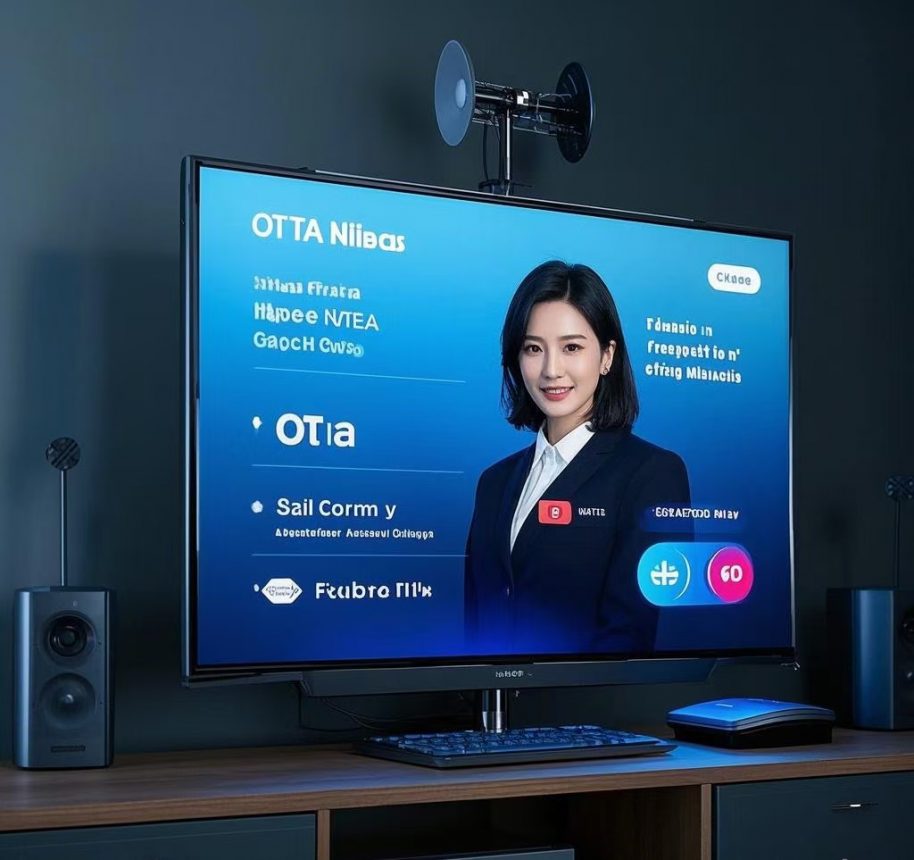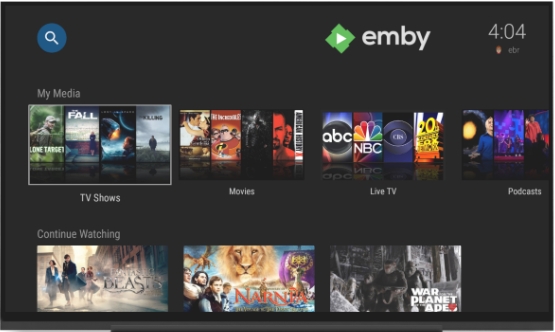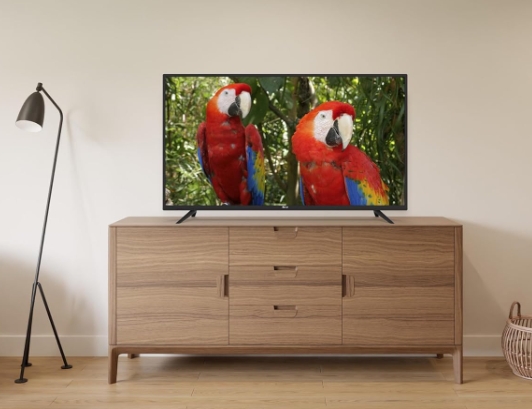What is Difference Between OLED and LED Smart TVs?

In today’s world of advanced home entertainment, OLED and LED Smart TVs are two of the most popular options for consumers.
While both types offer impressive picture quality and features, they differ in several key aspects.
In this article, we will explore the main differences between these two technologies, including display quality, design, and pricing.
Additionally, we’ll highlight some of the options available at YiQi Group, from large-screen models like the 75-inch OLED TV to a variety of 4K LED Smart TVs.
We offer a wide range of television products, ensuring you can find the perfect option for your needs, whether you’re looking for a premium viewing experience or an affordable alternative.
1. The Technology Behind OLED and LED Smart TVs
The primary distinction between OLED and LED Smart TVs lies in their display technology.
OLED TVs (Organic Light Emitting Diodes) have self-lighting pixels. Each pixel is individually controlled, which allows for perfect blacks and superior contrast. This leads to more vivid images, especially in darker scenes.
LED Smart TVs, on the other hand, use a backlight to illuminate the screen.
While they offer bright and crisp images, the backlight can’t turn off individual pixels, meaning LED TVs may not achieve the same level of black purity as OLED models.
If you’re interested in cutting-edge technology, consider checking out our selection of OLED Smart TVs, including large models like the 75-inch OLED TV, which delivers an exceptional picture quality.
2. Picture Quality: OLED vs LED Smart TVs
When it comes to picture quality, OLED TVs generally offer superior performance in several key areas.
OLED TVs deliver deeper blacks and higher contrast because each pixel can be turned off individually. This makes them ideal for showcasing detail in dark scenes.
LED Smart TVs also provide excellent picture quality, with bright and vivid colors. However, they might not offer the same level of black depth as OLED TVs, especially in low-light environments.
We carry a variety of LED Smart TVs, including 4K models, which are perfect for watching in rooms with ample natural light.
For those who want to experience top-tier picture quality, the 75-inch OLED TV is a fantastic choice.
The larger screen enhances the contrast and colors, making it a standout option for movie lovers and sports fans alike.
3. Viewing Angles
Viewing angles are another area where OLED and LED TVs differ.
OLED TVs tend to lose their picture quality when viewed from an angle.
The colors may become washed out, and the contrast can decrease.
LED Smart TVs, in contrast, generally have better viewing angles.
This means you can enjoy good picture quality even when watching from the side.
While OLED TVs have traditionally had narrower viewing angles, newer models have improved in this area, so you can still enjoy excellent viewing from various positions.
4. 4K LED Smart TVs vs OLED TVs: Speed and Responsiveness
For those who enjoy fast-moving content such as sports or gaming, the speed and responsiveness of the TV are crucial factors.
LED Smart TVs, especially 4K models, typically offer faster response times due to their backlight technology.
This results in smoother transitions and reduced motion blur.
OLED TVs are generally a bit slower in terms of response time.
However, for regular movie or TV watching, the difference is often not noticeable.
We offer a variety of LED Smart TVs with fast response times, ideal for gamers and sports enthusiasts.
For those seeking ultimate picture quality, we also carry OLED Smart TVs with cutting-edge performance.
5. Price: OLED Smart TVs vs LED Smart TVs
Price is often an important factor when choosing between OLED and LED TVs.
LED Smart TVs are typically more affordable than OLED TVs.
They come in a variety of sizes and price points, making them accessible to a wider audience.
OLED TVs, particularly large models like the 75-inch OLED TV, are more expensive due to the advanced technology and superior picture quality.
However, as the technology becomes more widely available, prices are gradually decreasing.
We offer competitive pricing across our full range of TVs, whether you’re looking for an affordable LED Smart TV or a premium OLED model.
We also run frequent promotions, so be sure to check for the best deals.
6. Design and Aesthetics: Thin and Sleek OLED TV Designs
OLED TVs are known for their ultra-thin designs.
Since each pixel is self-illuminating, the screens can be extremely thin—sometimes less than 1 millimeter.
This makes them ideal for modern, minimalist living spaces.
LED Smart TVs also offer slim profiles, though they tend to be thicker than OLED models due to the backlight system.
If you’re looking for a TV with a sleek, space-saving design, our 75-inch OLED TV is a great choice.
Its slim profile and stunning visuals make it a perfect addition to any contemporary living room.
7. Durability and Lifespan
LED TVs tend to have a longer lifespan, with most models lasting up to 50,000 hours or more, depending on usage.
OLED TVs typically last around 30,000 to 40,000 hours, but modern advancements have improved their longevity, and issues like burn-in are becoming less of a concern.
Conclusion: Which One is Right for You?
Choosing between OLED Smart TVs and LED Smart TVs ultimately depends on your preferences and budget.
If you’re looking for superior picture quality with deep blacks and vibrant colors, an OLED TV like the 75-inch OLED TV is an excellent option.
If you’re more concerned with budget and need a reliable TV with great brightness for a bright room, a 4K LED Smart TV could be the perfect choice.
Both technologies offer impressive features, so whether you want cutting-edge picture quality or an affordable solution, we have a variety of options to suit your needs.
Explore our full range of TVs today and find the perfect model for your home.



























